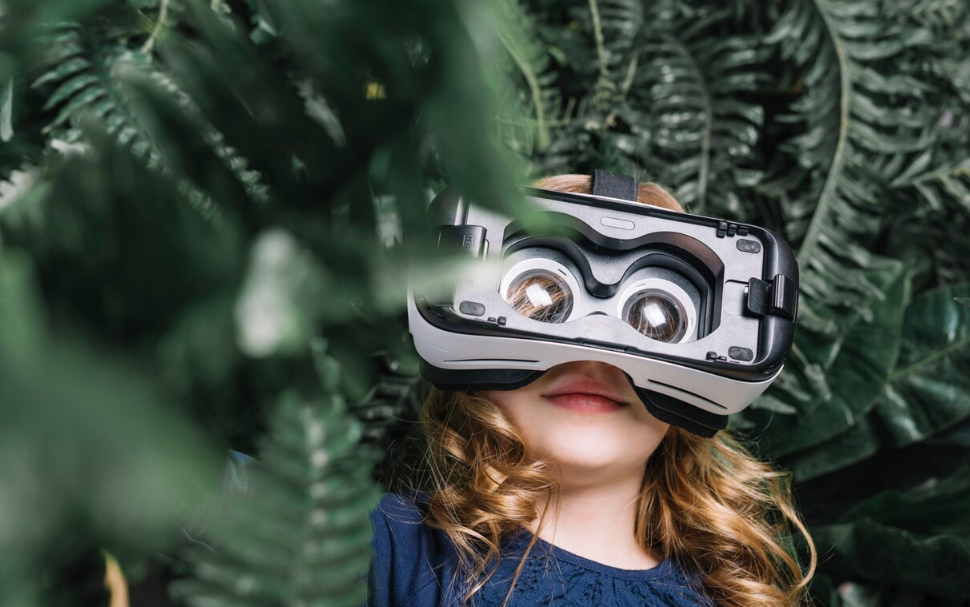Imagine a world where microscopic sensors float through the air, silently collecting data about the environment, infrastructure, and even human health—completely invisible to the naked eye. This is not science fiction. It’s the emerging reality of smart dust, a technology that promises to revolutionize how we interact with the world around us.
What is Smart Dust?
Smart dust refers to tiny microelectromechanical systems (MEMS) equipped with sensors, wireless communication, and sometimes even microprocessors, all packed into particles no larger than a grain of sand—or smaller. These “motes,” as they’re often called, can detect light, temperature, vibration, chemicals, or magnetic fields.
The key feature? They’re designed to be dispersed into the air or embedded in materials, creating a vast, invisible web of connected data points.
How It Works
Each smart dust mote operates independently but can also work collaboratively in a network. Once deployed, they can:
- Monitor real-time environmental conditions
- Transmit data wirelessly to a central hub or cloud service
- Operate for extended periods using ultra-low power
- Interact with each other to improve signal range and coverage
These capabilities allow smart dust to function in places where traditional sensors would be impractical—or impossible.
Applications: More Than Just Sci-Fi
Smart dust has a wide range of potential applications, many of which are already in testing or early deployment:
1. Environmental Monitoring
Smart dust can be used to measure air quality, pollution levels, and toxic gas leaks in cities or industrial zones. Because of its size and distribution potential, it offers far more granular coverage than traditional monitoring systems.
2. Agriculture
Farmers can deploy smart dust to monitor soil moisture, crop health, and microclimatic conditions across large areas, optimizing irrigation and fertilizer use down to the meter.
3. Infrastructure Health
Smart dust embedded in buildings, bridges, or pipelines can detect stress, cracks, or corrosion before they become serious problems—offering early warnings and saving lives.
4. Military and Surveillance
The defense sector sees huge potential in smart dust for battlefield awareness, perimeter monitoring, and even espionage. Tiny, undetectable sensors could be scattered to silently watch over areas for weeks or months.
5. Healthcare and Biomedical
In the future, smart dust could be inhaled or injected to monitor internal health metrics, track disease markers, or assist in precision drug delivery.
Ethical and Privacy Concerns
With great power comes significant concern. The ability to deploy invisible sensors anywhere raises serious privacy and ethical issues:
- Consent: How can individuals know if they are being monitored?
- Data Security: Who owns the data collected by smart dust?
- Misuse: Could governments or corporations use smart dust for mass surveillance without transparency?
As with many emerging technologies, the line between helpful and harmful can become blurred. Public dialogue and clear regulation will be critical.
Challenges Ahead
Despite its promise, smart dust still faces major technical hurdles:
- Energy: Powering microscopic devices without batteries is a challenge.
- Communication: Wireless signals degrade quickly at such small scales.
- Manufacturing: Producing motes at scale, cheaply and reliably, is still a work in progress.
However, as nanotechnology, AI, and wireless communication continue to advance, these barriers are slowly being dismantled.
Conclusion
Smart dust represents a new paradigm in how we collect and interact with data. Though invisible, its presence could be everywhere, quietly shaping industries, cities, and even our bodies. As the line between the digital and physical worlds blurs further, the age of smart dust might just be the next step toward a truly ubiquitous computing environment.


